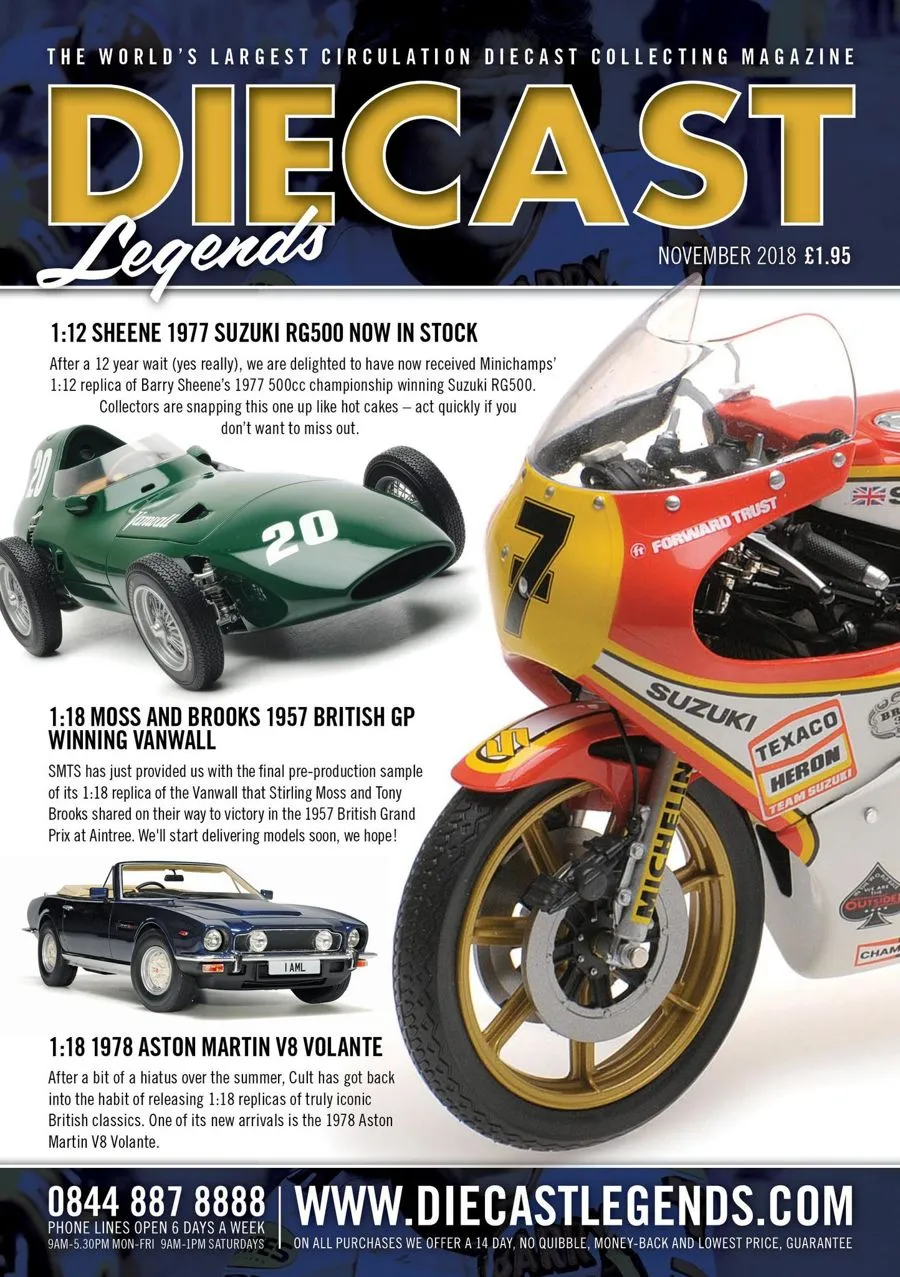What are Diecast Shows?
Diecast shows are dedicated events where collectors and enthusiasts of miniature vehicles gather. These shows serve as marketplaces, social hubs, and educational platforms for everything related to diecast models. They offer a unique opportunity to buy, sell, trade, and admire a vast array of diecast cars, trucks, motorcycles, and other vehicles. The shows often feature vendors selling new and vintage models, displays of impressive collections, competitions, and workshops, creating an immersive experience for all attendees. These events are more than just sales opportunities; they are celebrations of the hobby and a chance to connect with others who share a passion for these detailed miniatures.
The Purpose of Diecast Shows
The primary purpose of diecast shows is to bring together the diecast collecting community. They provide a physical space where collectors can interact, share their knowledge, and build relationships. These shows facilitate the buying and selling of models, allowing collectors to find rare and sought-after pieces to add to their collections or to sell items they no longer need. Beyond the commercial aspect, shows foster a sense of community, providing a venue for enthusiasts to display their collections, participate in discussions about the hobby, and learn from experts. The events also help in preserving the history of diecast models, with older and rare items being showcased and appreciated.
Benefits of Attending Diecast Shows
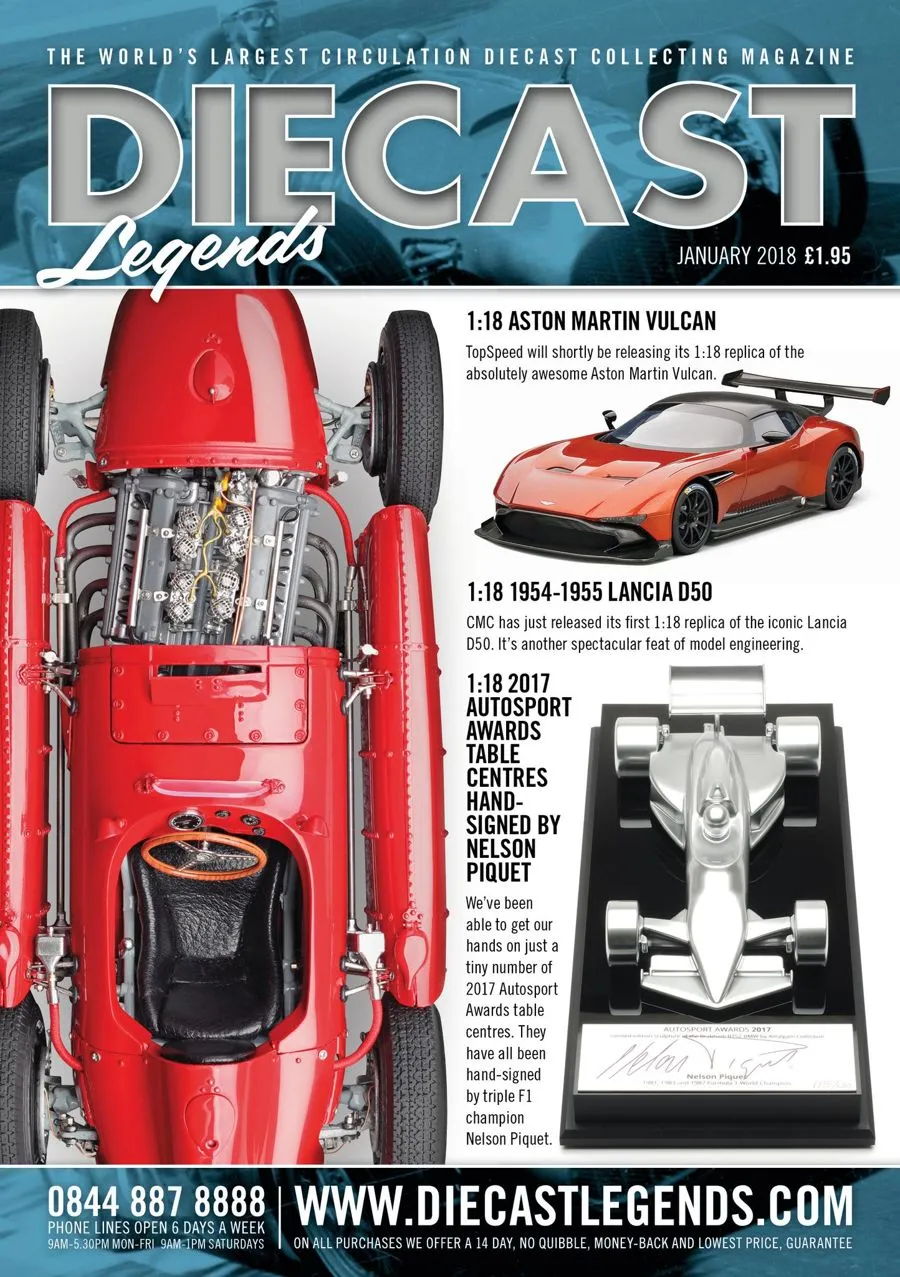
Attending diecast shows offers numerous benefits for collectors of all levels. The shows are excellent opportunities to find rare and valuable models that are difficult to locate elsewhere. They provide a platform to assess the market value of various models and to negotiate prices with dealers and other collectors. Shows are also great for networking with fellow enthusiasts, sharing knowledge, and learning about the latest trends in the hobby. Additionally, many shows feature expert authentication services, helping collectors ensure the authenticity of their models. Attending these events can significantly enhance a collector’s knowledge, expand their collection, and strengthen their connection to the diecast community.
Secret 1 Finding Rare Models
One of the top secrets to success at diecast shows is knowing how to find rare models. These models are often the most valuable and sought-after items. Successful collectors research what they are looking for before attending the show. They know the specific models, manufacturers, and variations that are considered rare. This preparation includes identifying the telltale signs of rarity, such as limited production runs, specific paint schemes, or unique details. Furthermore, understanding the market value of the desired models allows collectors to quickly recognize a good deal when they see it. Diligent research is the key to spotting hidden gems and expanding a valuable collection.
Researching Before the Show
Before attending any diecast show, dedicate time to thorough research. Look into upcoming shows and the vendors who will be attending. This helps in planning your approach. Research the models you are looking for, the years they were produced, and the expected price range. Use online resources, collector forums, and price guides to gain a solid understanding of the market. Creating a list of desired models and their specifications will make the process much more efficient. Knowing which models are most valuable and which vendors are likely to have them will optimize your time and increase your chances of finding that perfect addition to your collection.
Networking with Dealers
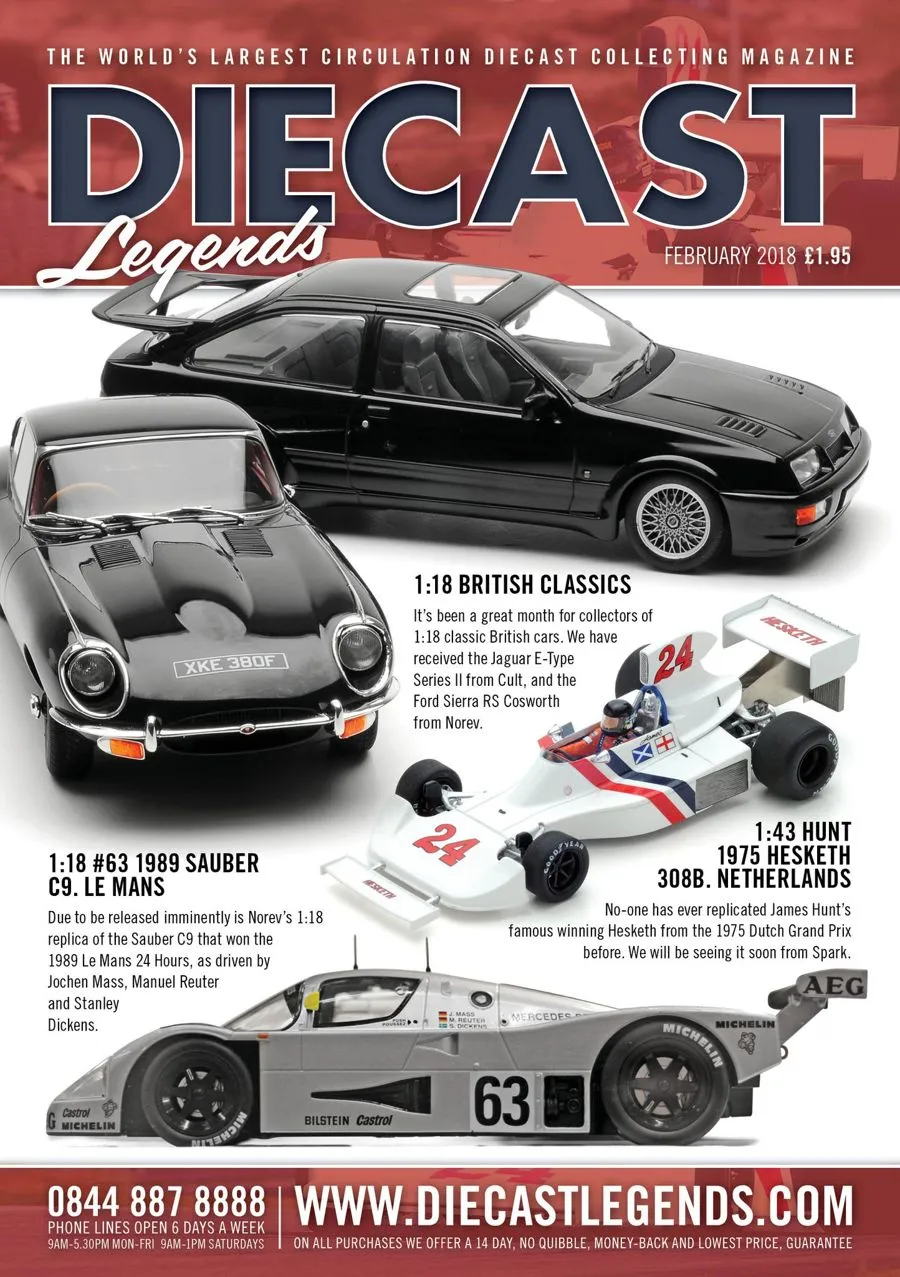
Building relationships with dealers can significantly improve your chances of finding rare models. Engaging with dealers before and during the show can give you an edge. Dealers often have models they are not displaying and may offer them to their trusted customers first. Get to know the dealers, learn about their specialties, and let them know what you are looking for. Networking extends beyond simply asking if they have a specific model. Show genuine interest in their business, ask questions about their inventory, and establish a rapport. Dealers appreciate collectors who are knowledgeable, respectful, and enthusiastic about the hobby. A good relationship can lead to first access to valuable finds and special deals.
Secret 2 Negotiating Prices
Negotiating prices at diecast shows is an art form that can save you money and get you better deals. Understanding the market value is crucial before attempting to negotiate. Research the model’s selling price beforehand to establish a fair starting point. Dealers often have some flexibility in pricing, but they also need to make a profit. Approaching the negotiation with a polite and respectful attitude is key. Start by asking about the price and then, based on the condition of the model or the market value, make a reasonable offer. Knowing how to negotiate effectively means you can acquire more models for the same budget.
Knowing the Market Value
Before attempting to negotiate, it is crucial to know the market value of the diecast model you are interested in. This information allows you to make informed decisions and avoid overpaying. Research the model’s rarity, condition, and historical selling prices. Use online resources, price guides, and auction results to get an understanding of the current market price. Evaluate the model’s condition carefully, as this affects its value. Be aware of factors like the original box, any damage to the model, and the availability of the model. Armed with this knowledge, you can approach the negotiation with confidence, knowing the price you are willing to pay and the price you consider a good deal.
How to Haggle Effectively
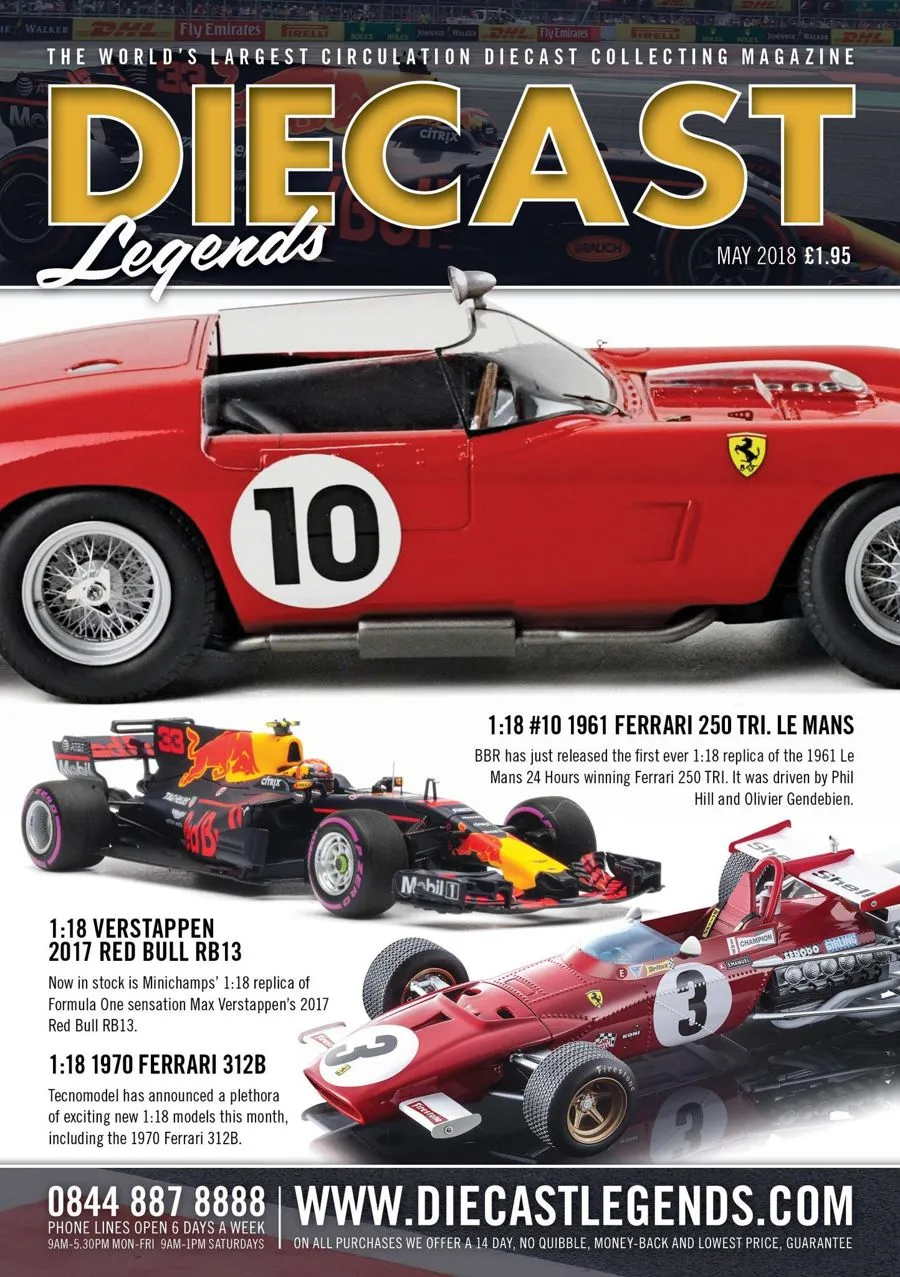
Effective haggling requires a strategic approach. Begin by being polite and building a rapport with the dealer. Once you have established a friendly relationship, express your interest in the model but don’t show excessive enthusiasm. Start by asking the price and then evaluate if it is within your budget. If the price is higher than expected, politely state your research and offer a slightly lower price, citing the model’s condition or the prices you have found elsewhere. Be prepared to walk away if the dealer is unwilling to meet your price. The willingness to walk away can often encourage the dealer to offer a better deal. Remember, negotiation is a dance, and with the right approach, you can improve your chances of getting a favorable price.
Secret 3 Authenticating Models
Authenticating diecast models is essential to protect yourself from purchasing counterfeits. This process involves scrutinizing the model’s details and comparing them to known authentic models. Understanding the manufacturing techniques, the materials used, and the markings applied by the manufacturer is vital. Being able to differentiate between genuine and fake models will save you money. Learning to spot subtle differences in paint, details, and packaging will prevent costly mistakes. Collecting genuine models is an investment, and taking the time to authenticate your purchases protects this investment.
Spotting Counterfeits
Spotting counterfeits requires a keen eye and a good understanding of the original model’s specifications. Examine the model’s paint, decals, and details for any inconsistencies. Counterfeits often have lower-quality paint, incorrect decals, or inaccurate detailing. Compare the model to images of authentic models online. Look for inconsistencies in the body, wheels, and interior. Check for any signs of tampering or alterations. Examine the model’s packaging; counterfeit boxes often have errors or look less professional. Question if the price seems too good to be true. If in doubt, consult with an expert or seek a second opinion. This vigilance will reduce your risk of buying a fake.
Checking for Original Packaging

Original packaging can significantly increase the value of a diecast model. The box, the insert, and any included accessories are vital for authenticity and value. Inspect the packaging carefully for any damage, wear, or signs of tampering. Check the box’s printing quality, colors, and fonts; counterfeits may show inconsistencies. Ensure the box matches the model’s specifications. Look for the original manufacturer’s markings, labels, and any included documentation. Verify that the packaging is appropriate for the era of the model. Be cautious of models without original packaging or with mismatched packaging, as this could indicate a fake or an altered item. If you’re unsure, compare it with images of original packaging online.
Secret 4 Discovering Hidden Treasures
Finding hidden treasures at diecast shows involves a combination of luck, skill, and perseverance. This means looking beyond the most obvious displays and exploring the less-trafficked areas of the show. Explore the tables of vendors with diverse inventory and look for items that might be overlooked by other collectors. These can often be older models, less-known brands, or models that are incorrectly priced. Patience is key; some of the best finds are not immediately apparent. Be willing to take the time to browse, ask questions, and inspect the models. It also means being open to buying from tables that might not have the most attractive display, as valuable models are often hidden. By being observant and thorough, you can find amazing models.
Exploring Unmarked Tables
Unmarked tables, those without flashy displays or clearly labeled prices, can be goldmines for collectors. Dealers may have a variety of items they have not yet priced or organized, or they might be looking to sell items quickly. These vendors are often more willing to negotiate prices and may have hidden gems. Do not be afraid to browse these tables and to ask what they have available. Check the tables and ask the vendors for what they have and what they are specializing in. You may find a model that the vendor does not know the value of and could sell at a bargain price. Taking the time to look through these less organized areas can often yield unique and valuable finds.
Asking the Right Questions
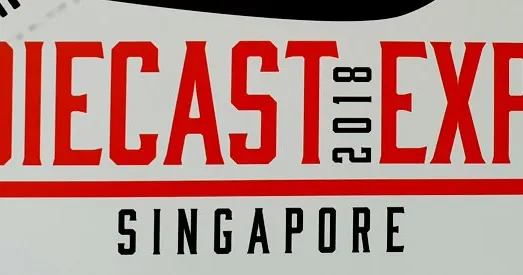
Asking the right questions can reveal information about a model’s history, authenticity, and value. When examining a model, ask the dealer about its origin, whether it has been restored, and whether it comes with the original packaging. Enquire about any known production variations or special details. Ask if the dealer has owned the model for a long time and about the price. Be polite and demonstrate genuine interest in the model and the hobby. The vendor might share interesting stories or details that add value. Knowledgeable dealers can provide important information about a model’s history. These conversations can lead to finding information that will assist in making an informed decision.
Secret 5 Building Relationships
Building relationships within the diecast community is an invaluable secret for long-term success. Connecting with other collectors and dealers provides access to exclusive deals, insider information, and a deeper understanding of the hobby. These relationships can open doors to opportunities that might not be available to everyone. Building trust and respect through consistent interaction is key. These connections can lead to being the first to know about new acquisitions, rare models, or upcoming shows. It creates a network that enhances the collecting experience and can provide access to models that are not publicly advertised. This network strengthens your place in the diecast world.
Connecting with Collectors
Connecting with other collectors is essential for gaining valuable insights, sharing knowledge, and expanding your collection. Engage with other collectors at shows, share your passion, and ask questions about their collections. Join online collector forums and social media groups. These communities offer a wealth of information, with many collectors offering advice, sharing finds, and providing valuations. Attending local collector meetings can also be beneficial. Participating in these social platforms can expose you to new models, valuable insights, and even buying opportunities that would otherwise be inaccessible. Engaging with other collectors enriches the collecting experience and fosters a sense of belonging.
Joining Collector Clubs
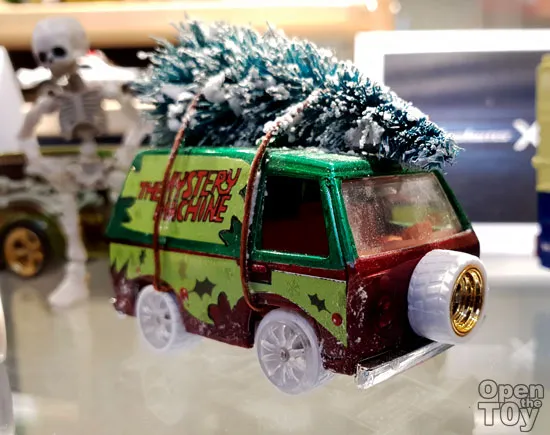
Joining collector clubs can significantly enhance your experience. These clubs provide a sense of community, educational resources, and exclusive benefits. Many clubs host events, provide access to information about upcoming shows, and offer opportunities to trade or sell models with fellow members. These groups often provide newsletters, magazines, and publications that feature expert advice. Joining a club gives you access to expert knowledge and opportunities to learn. Participating in club activities will improve your collecting knowledge and provide access to hard-to-find models. Collector clubs help create a community that thrives on shared passion, knowledge, and appreciation.
Conclusion
Diecast shows offer fantastic opportunities for collectors to find new models and enjoy the hobby. By employing these five secrets, collectors can significantly enhance their chances of success. From finding rare models to building relationships with other enthusiasts, these strategies will improve your diecast collecting experience. Whether you are a seasoned collector or new to the hobby, these tips will make your experience at diecast shows more rewarding and enjoyable. Embrace the joy of collecting and immerse yourself in the vibrant world of diecast shows.
